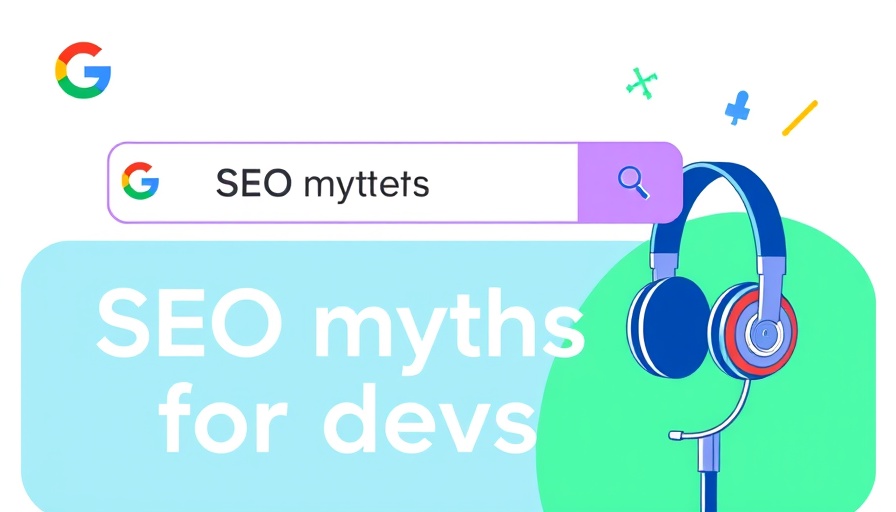
Understanding HTML Validation in Top Websites
Many people assume that a website’s HTML must be flawless for it to rank well on search engines. However, insights from Google’s recent podcast reveal a surprising truth: a majority of top-ranking websites have HTML that does not pass validation tests. In fact, a study showed that out of the top 200 websites, only one had valid HTML on its homepage. Google’s Search Advocate, John Mueller, commented that just 0.5% of these sites maintained proper HTML structure. This might seem alarming, but it illustrates that search engines are capable of interpreting and ranking sites even when their code isn’t perfect.
The Real Deal: HTML and Ranking
Although many sites struggle with proper HTML validation, certain elements must be correct for optimal performance in search results. Metadata, for instance, plays a crucial role in how content is indexed and displayed by search engines. If metadata is incorrect, it can lead to missed opportunities for visibility; a point emphasized by Developer Relations Engineer Martin Splitt. He explained that if non-compliant HTML compromises metadata, it undermines a site's search engine optimization (SEO).
SEO: Beyond Technical Checklists
Another key takeaway from the podcast is that SEO isn't simply a checklist of technical requirements. Mueller pointed out that good SEO also revolves around understanding user intent. Instead of focusing solely on compliance, content creators need to consider whether they are using language that resonates with their audience. This involves tailoring terms and responses to match what potential customers are looking for, illustrating the nuanced strategy that successful sites employ.
The Misconceptions About Core Web Vitals
Core Web Vitals have been touted as essential for ranking; however, their importance is often misunderstood. While high scores may be perceived as a ticket to better rankings, Mueller clarified that they are not a guarantee. Developers frequently get caught up in the urge to improve their scores without acknowledging the broader context that influences SEO.
JavaScript: The Double-Edged Sword
JavaScript is another area that frequently causes confusion among web developers. While Google can process JavaScript content, its effectiveness hinges on correct implementation. Splitt advised that as long as meaningful content is present in the rendered HTML, it should suffice for ranking. However, we should use JavaScript responsibly, keeping in mind its potential impact on the user experience and site performance.
Conclusion: Rethinking SEO Strategy
Understanding the relationship between HTML, SEO, and user experience is critical for anyone engaged in digital marketing. The insights shared in Google’s podcast challenge conventional wisdom about web development and rankings. As a result, industry professionals should reassess their strategies, focusing not just on coding accuracy but also on how well they address their users' needs. By embracing a holistic view of SEO that prioritizes user engagement and content relevance, businesses can achieve better outcomes without being bogged down by technical requirements.
 Add Row
Add Row  Add
Add 




Write A Comment